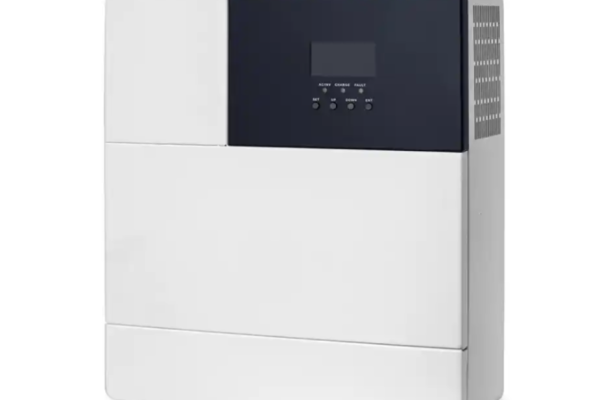Why Communication Matters in ESS Trade
In energy storage exports, a Battery Management System (BMS) is rarely used in isolation. It must communicate seamlessly with PCS (Power Conversion Systems), EMS (Energy Management Systems), and sometimes with utility SCADA systems. However, international buyers often raise concerns about compatibility issues in communication protocols, as mismatches can cause integration delays, higher costs, or even project failure.
1. Commonly Used Communication Protocols
- CAN bus: Widely adopted for reliability and real-time communication.
- Modbus (RS485/TCP): Popular for industrial and commercial projects due to flexibility.
- RS232/RS485: Legacy protocols still in use for certain markets.
- Proprietary protocols: Vendor-specific solutions that may limit interoperability.
Buyer Insight: Clients prefer systems with support for multiple open protocols to reduce integration risk.
2. The Core Compatibility Challenges
- Different protocol standards: PCS from one supplier may not “speak” the same language as the BMS.
- Version mismatches: Even within the same protocol, firmware differences can cause communication errors.
- Limited scalability: Proprietary systems may lock buyers into one vendor, restricting future expansion.
Exporter Tip: Always clarify which protocols are supported and whether firmware upgrades are included.
3. Regional Buyer Perspectives
- Europe: Strong demand for interoperability with EMS and utility systems.
- US: Buyers often require compatibility with major inverter brands for faster project deployment.
- Asia-Pacific: Clients seek cost-effective solutions but still value protocol flexibility.
- Emerging markets: Preference for simpler, standardized protocols to avoid high integration costs.
Client Viewpoint: Compatibility is not just technical—it affects project timelines and financial risk.
4. How Exporters Can Address Buyer Concerns
- Provide detailed protocol documentation in quotations and data sheets.
- Offer protocol customization services for large clients.
- Conduct pre-shipment testing with popular inverter brands.
- Maintain firmware update support to ensure long-term compatibility.
Exporter Tip: Market the BMS as “future-proof” by emphasizing upgradeability and flexibility.
5. Sales Advantage of Solving Compatibility Issues
- Faster project approval: Buyers gain confidence when integration risks are minimized.
- Higher trust: Transparent communication about protocols builds long-term partnerships.
- Value-add positioning: Exporters who provide technical support in protocol matching can charge premium rates.
Conclusion: Compatibility as a Trade Differentiator
In international ESS trade, compatibility issues in BMS communication protocols can make or break deals. Exporters who proactively address these challenges with clear documentation, upgrade options, and tested interoperability position themselves as reliable partners, ensuring smoother deployments and stronger buyer confidence.









